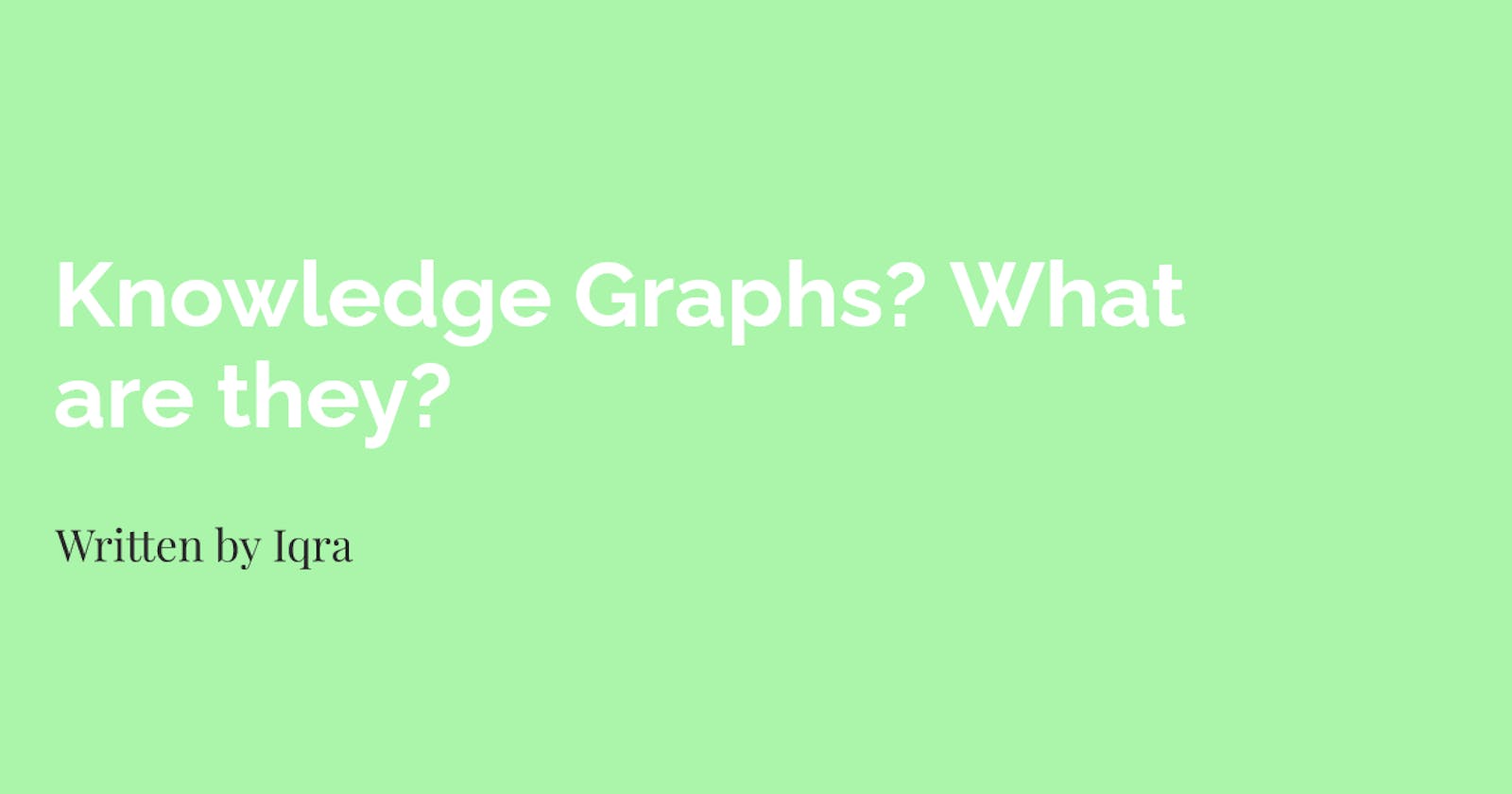When we search for information on the internet, we often find ourselves buried under a bulk of irrelevant information. Search engines like Google are critical for finding relevant web pages for a user. The only drawback of search engines like Google is that sometimes, they can't provide a user with the answer, they are searching for.
What is a knowledge graph?
A knowledge graph is a network containing huge amounts of information. This network connects different pieces of data, creating a web of knowledge. It's designed to help computers understand the relationships between entities, such as people, places and things and how they relate with one another.

In a knowledge graph, the data is stored in the form of nodes, which represent entities such as people, and places and how they relate to one another. The relationship between entities can be thought of as something as simple as, "is part of" or "graduated from".
How do knowledge graphs work?
Knowledge graphs work by collecting data from various sources and using it to create a network of connected nodes. This data can come from various sources like databases or web pages.
Once the dataset is collected, it is organized in the form of nodes and edges to form a graph. The resulting graph can be used to answer complex questions like "What are the top 10 cities in the world?" or "Who are the most influential people in the tech industry".

Why are knowledge graphs important?
Knowledge graphs are important because they allow us to find answers to complex questions quickly. They can help us discover new information that we might not have found otherwise.
For example, let's say you are searching for information about a specific disease with a regular search engine, you might get a lot of results that are not related to the query. But with a knowledge graph, you could get a list of symptoms, and treatments all in an organized way. Knowledge graphs are also important because they allow mechanisms to understand human language more accurately.
Conclusion
In my next blog post, we will discuss some examples of knowledge graphs like Neo4j.
